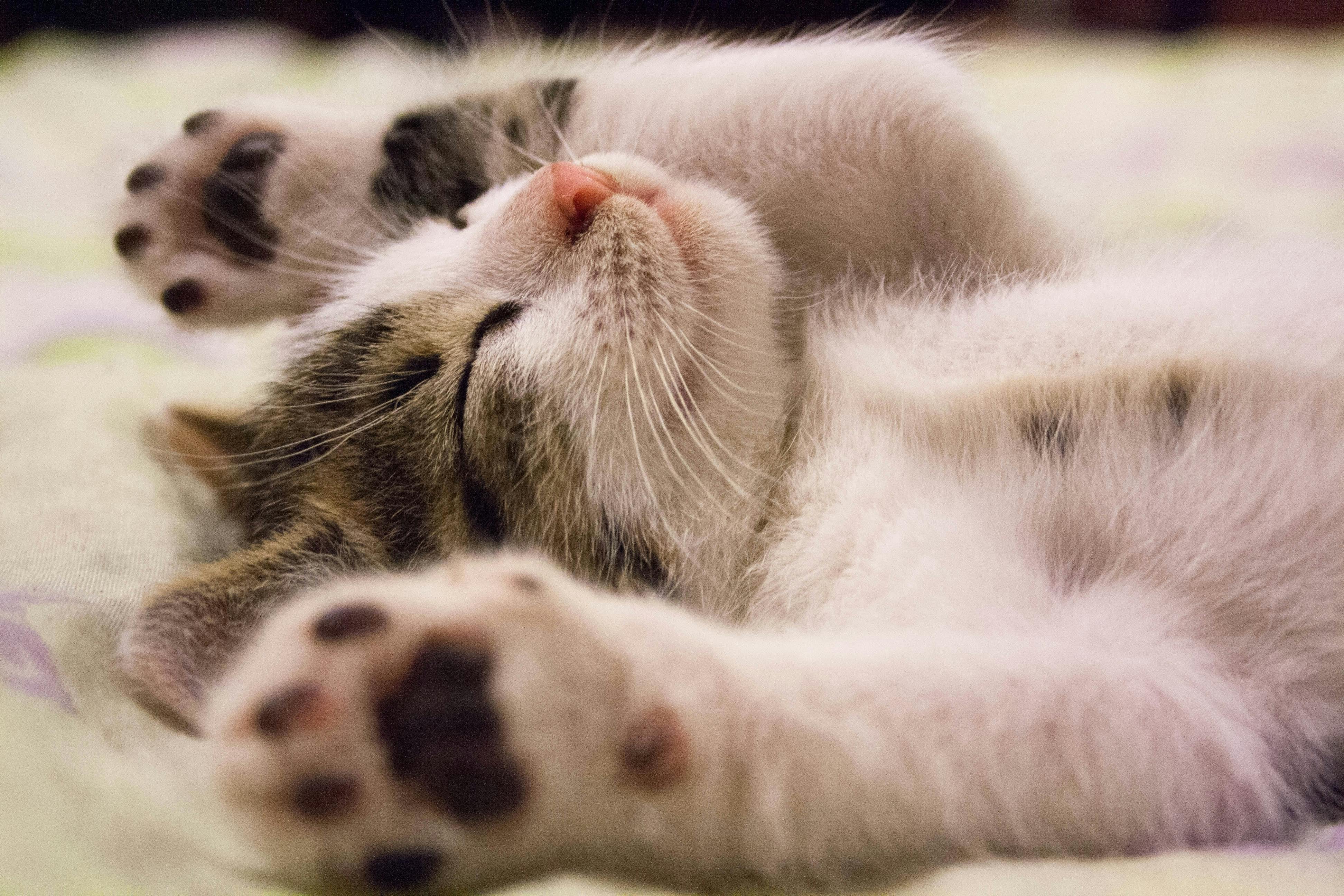Introducing a furry new family member to your home is an incredibly exciting time. However, if you have an older cat within your home, it may take them a little getting used to another cat in the house, as they can be very territorial animals. To make the introduction process smooth and simple, we’ve put together our best tips on how to introduce a kitten to an older cat to help them get along like two peas in a pod!
How to introduce a kitten to an older cat – Our tips
Cats are often solitary creatures, so introducing them to a new cat can be a little tricky at first. However, there are plenty of steps you can take to help them both get used to each other and settle into your home. Introducing each other gradually is key, as your resident cat will be very territorial of your home and will need some time to adjust. This process typically takes around a week, although it may take longer if your cats seem slow to adjust.
When introducing a kitten to an established pet cat, you should:
Prepare a sanctuary room
Your kitten may be a little overwhelmed by all the new changes at first, so having a separate space where they can feel secure is a good idea. This way, they can get used to your home gradually, while also providing a space to keep them away from your older cat at first. Each cat should have their own items, such as toys and litter trays, as they will feel uncomfortable sharing and using items that have another cat’s scent.
Scent swapping
As you may know, cats are very reliant on their sense of smell to understand the world around them. As a result, it’s a good idea to do some scent swapping to get each cat used to each other’s smell.
This can be done by rubbing a cloth, an old tea towel, or something similar on one of your cats, specifically around the face and cheeks. Then, place your cloth or towel on the floor for the other cat to investigate. Repeat this process with a separate cloth with your other cat. By doing so, your cats can discover each other’s scents, which will help them get used to each other significantly.
Room swapping
Once your cats have gotten used to each other’s smells through scent swapping, you can allow your cats to explore each other’s spaces. For approximately 15 minutes, let each cat explore the other’s space without the owner of the space being present. This will help them get to know each other a little bit better.
Visual interaction
Once your cats have had time to explore each other’s spaces, allowing your cats first to see each other from a distance is a good method to let them get to know each other a little better.
Allow them to meet each other for the first time, but with a panel or something similar in between them. This could be a patio door, a safety gate, a mesh panel, or a slightly ajar door that can’t be pushed open. This allows your cats to get to know each other a little better, but in a gradual way that will make them feel more comfortable. It can be helpful to play with each cat during these sessions to establish a positive association with the other cat’s presence.
Supervised meeting
Once your cats become comfortable with each other, the next step is to get them to meet while being supervised. Again, it’s useful to create a positive environment, with toys and treats, when introducing your cats to each other to encourage positive associations with their interactions.
Make these meetings short; a few minutes should be enough at first, though this can be longer if they seem to be getting on. You should aim to provide a way that each cat can exit the situation if they don’t feel comfortable. If either cat is reacting negatively, remove them from the situation. You can make these meetings a little longer each time.
Unsupervised meeting
If supervised meetings between your cats are free of any aggressive or negative behaviour, you can begin to try out letting them be around each other without supervision. Start out with shorter periods at first, like leaving them alone while you run out for an errand, for example. If this continues to go well, your cats can likely be left to coexist with each other and properly adjust to becoming housemates!
If you find that negative behaviour is a repeated problem with your cats, such as hissing, growling, or hiding, it’s best to contact your vet. These behaviours occurring once or twice aren’t a problem, though a vet will be able to help with more specific advice to help your cats get used to each other if needed.
Useful pet products and advice at Closer Pets
By following our steps on how to introduce a kitten to a cat, you can encourage a positive environment for your cats to become best buddies for years to come!
Here at Closer Pets, we offer a range of cat products designed to make caring for both younger and older cats straightforward, enhancing their day-to-day lives. This includes our advanced cat flaps with various locking features, automatic cat feeders to feed your cats while you’re away, and cat water fountains to keep them hydrated with fresh, running water. You can find many quality products to improve your feline’s lives with us.
If you found this article to be useful, you can find many other useful blogs and guides over on our pet advice page. If you’ve got any questions about how our pet products could help you out, be sure to get in touch with our friendly team, and we’ll be more than happy to give you a helping paw!

